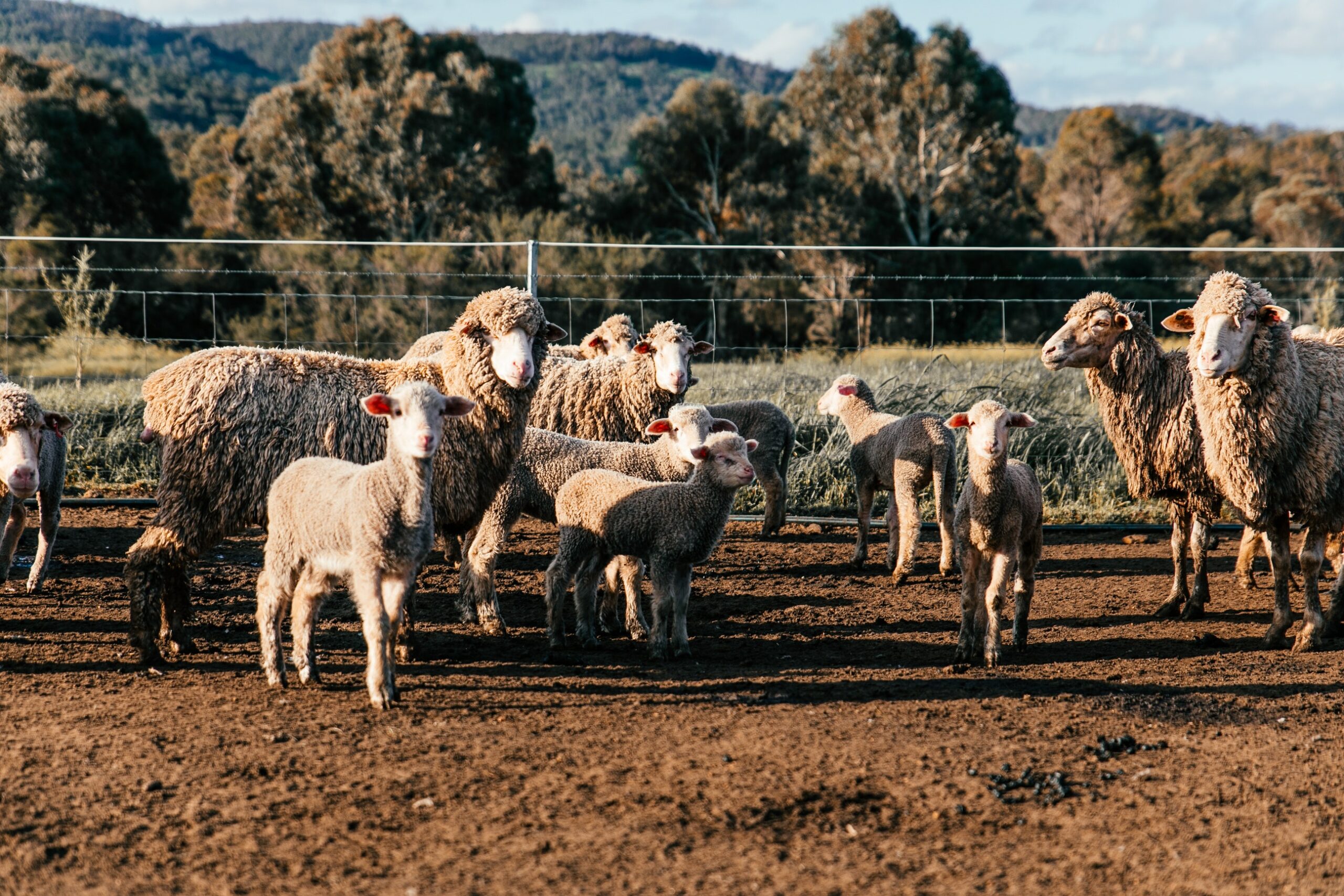In this historical period, fast fashion is one of the most criticized industries in terms of environmental sustainability. Choosing to buy fewer clothes and make the ones we already have last longer is a choice that respects the environment and human resources. So, “buy less, buy better” could be the claim of a new awareness on our outfits.
It is important to look at product lifecycle beyond purchasing; too many times we forget about the durability, maintenance and quality of fabrics. We would suggest that individuals pay a slightly higher price for clothing. We’re not talking about splashing out on really luxurious items, but to buy the best quality that you can afford. So, how can we stop spending and start saving our clothes and continue to look great embracing slow and sustainable fashion? Here some tips.
Reuse
An easy and inexpensive way to dress sustainably is to simply recycle and repurpose the clothes you already own. Try opening your wardrobe: how many items do you actually no longer use just because they seem old and out of fashion? Simply combine them to put together new outfits.
You can also give your old clothes a personal touch with small adjustments or alterations. Creative recycling allows you to have a unique wardrobe, while reducing waste
Second-hand stores and sites
Vintage and second hand stores and web sites have a big role to play in the resigning of fashion and the way we consume clothes. The second-hand clothing market is growing and offers truly endless possibilities. From charity shops to online platforms, you can find quality clothing at affordable prices. Buying second-hand clothes reduces the demand for new clothing production and helps reduce textile waste. Just don’t make it a compulsion to avoid falling back into the deleterious unsustainable dynamics of the fashion market.

Swap
With friends you can organize days of exchange of still perfect clothing items that are no longer used (or, simply, give each other clothes as a change of wardrobe). What someone doesn’t use can be greatly appreciated by another person.
Look at the fabrics
When shopping for new clothes, look for sustainable materials like organic cotton, linen, hemp or recycled silk. These fabrics require fewer natural resources and usually have a lower environmental impact than traditional materials such as polyester. Then opt for clothing made with natural or low-impact dyes.
Invest
Often spending a little more at the beginning is preferable. Buying good quality clothes that will last over time, compared to cheap and poor quality clothes that get ruined easily, is in fact an excellent idea, especially as regards those evergreen clothes that never go out of style. Investing in durable clothing not only reduces the need for frequent purchases, it can also be cheaper in the long run.
Take care
Proper care of your clothes can extend their life. Read the washing labels and follow the instructions to keep the fabrics in good condition. Washing clothes at low temperatures, avoiding the dryer when possible and ironing only when necessary lengthens the life of the clothes. Proper care will allow you to enjoy your favorite clothes for longer by reducing waste.
Slow fashion influencer
Social media have also a good side: in the last years, many influencers around the world are contributing to spread the attention about slow fashion, second hand fashion and hand made clothes. You can follow them to get inspired and discover new opportunities.








